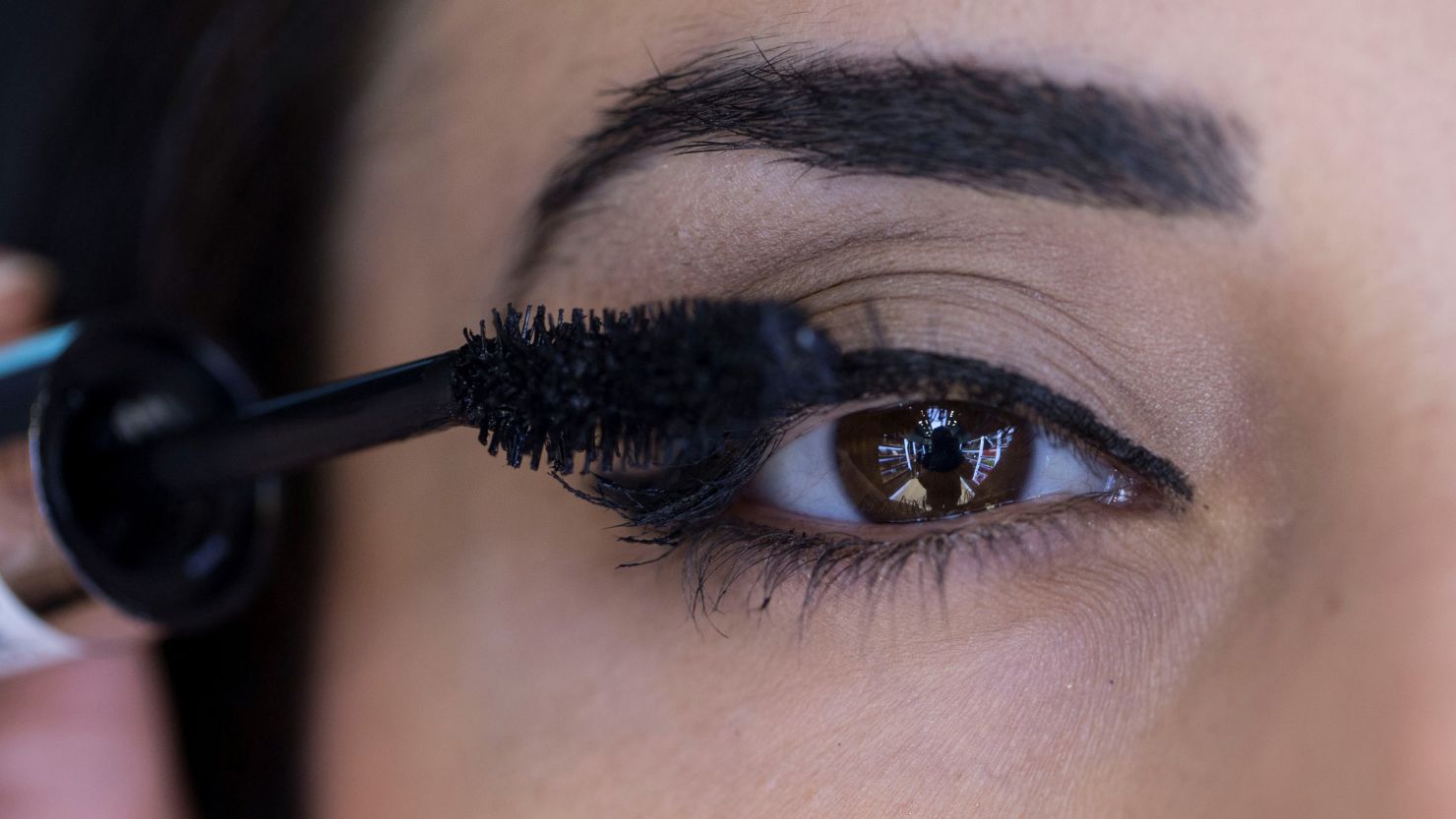
When we think of cosmetics, we often think of self-care, beauty, and routine. We do not usually think about risks.
But here is the honest truth: behind the glossy packaging and appealing advertisements, some of the everyday products we use could contain chemicals that pose a risk to our health.
The best example is the case where the FDA recalled La Roche-Posay, Walgreens, and Proactiv Acne Products because they were contaminated with Benzene.
In this article, we will uncover the top 12 cancer-causing ingredients commonly found in everyday cosmetics.
Quick Navigation
-
- Parabens (methylparaben, propylparaben, butylparaben, ethylparaben)
- Ethoxylated Compounds (Laureth-4, Laureth-7, Polyethylene Glycol (PEG))
- Formaldehyde Donors (Imidazolidinyl Urea, Quaternium 15, DMDM Hydantoin)
- Ethanolamines (Triethanolamine, Diazolidinyl Urea)
- Tert-Butyl Compounds (Butylated Hydroxyanisole (BHA), Butylated Hydroxytoluene (BHT))
- Carbon Black (CI 77266)
- Silica
- Arsenic
- Cadmium
- Lead
- Mercury
1. Parabens in Cosmetics
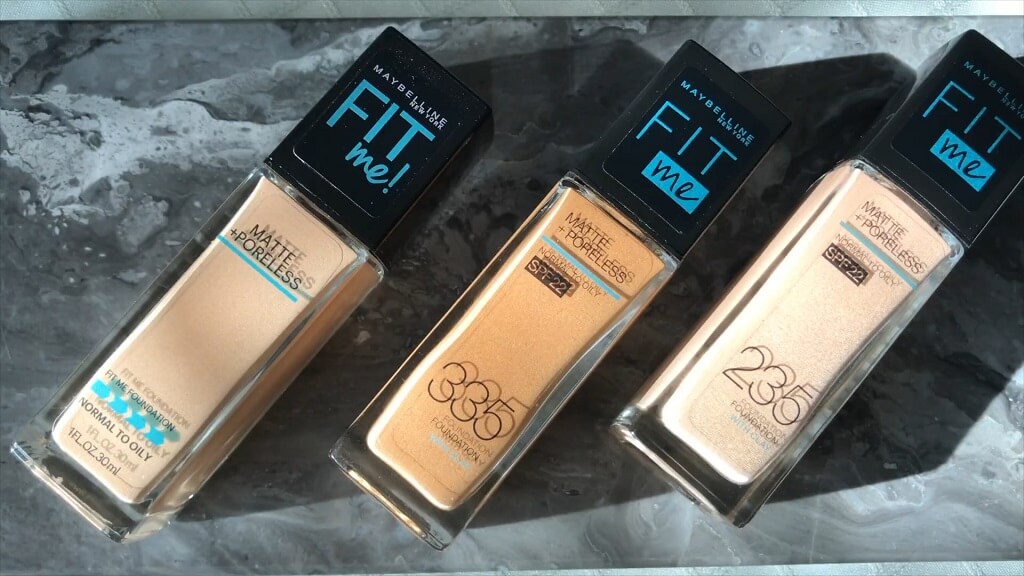
Parabens are a class of synthetic chemicals used as preservatives in cosmetics, helping products maintain their shelf life by preventing bacterial growth. These chemicals include methylparaben, propylparaben, butylparaben, and ethylparaben, and are found in numerous beauty products.
From moisturizing lotions to makeup foundations, these compounds are present in some of the biggest brands worldwide. For instance, well-known drugstore foundations like Maybelline Fit Me and CoverGirl Outlast include parabens.
Even some natural or organic products are not always free from these ingredients, highlighting how pervasive parabens are across the beauty industry. A study led by Radosław Balwierz identified that parabens were found in 28 out of 50 facial makeup products.
While parabens are known for keeping beauty products fresh, they are also notorious for their potential role in cancer development. The primary concern lies in their ability to mimic estrogen within the human body.
- Common Products: Found in lotions, shampoos, deodorants, and makeup.
- Major Brands Using Parabens: CoverGirl, Maybelline, Pantene, Dove, among others.
- Health Risks: Estrogenic activity linked to increased breast cancer risk; can disrupt hormonal balance.
Concerns about carcinogenic ingredients in beauty products are not just limited to parabens. The issue has resulted in ongoing lawsuits, with products like chemical hair relaxers becoming a major target.
Some of the most popular companies are facing lawsuits claiming that their hair styling products contain dangerous chemicals, including parabens, that have been linked to uterine cancer and other health issues.
Paraben-Free Alternatives
To minimize your exposure, look for products labeled as “paraben-free.” Brands like Burt’s Bees, Drunk Elephant, and The Ordinary offer a range of cosmetics and skincare products that avoid the use of parabens, aiming for safer and healthier formulations.
However, always read labels carefully, as not all products from these brands are free from potentially harmful substances.
2. Ethoxylated Compounds
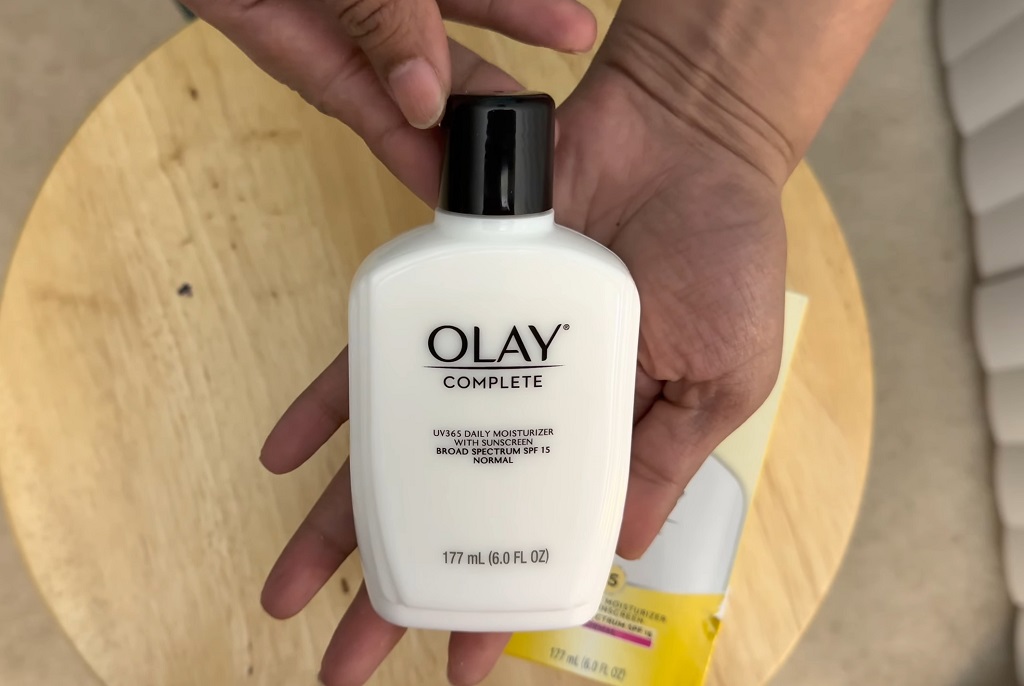
Ethoxylated compounds, including PEGs (polyethylene glycols) and laureth compounds, are commonly used in cosmetics to improve texture and solubility. These ingredients are often found in a wide variety of products such as moisturizers, shampoos, and makeup foundations.
However, during their production process, these compounds can become contaminated with potentially carcinogenic by-products like 1,4-dioxane and ethylene oxide. For instance, PEG-40 hydrogenated castor oil and laureth-4 are both frequently found in widely available moisturizers and conditioners.
One notable case is the use of PEGs in popular lotions like Olay Complete Lotion Moisturizer and even in baby products like Johnson’s Baby Shampoo.
The concern stems from the fact that 1,4-dioxane contamination is difficult to remove completely, and the substance has been linked to an increased risk of cancer when absorbed through the skin over time.
3. Formaldehyde and Formaldehyde Donors
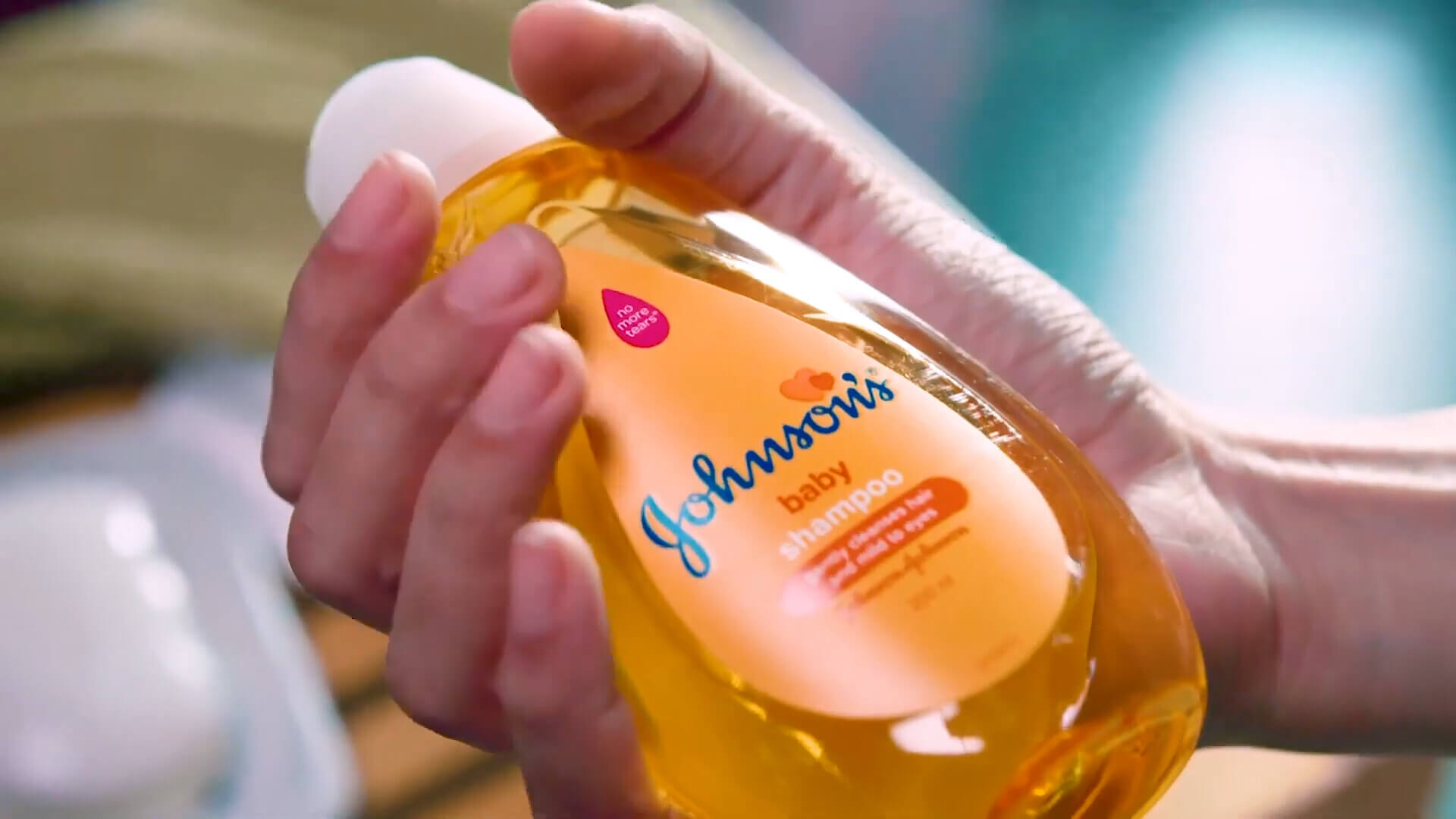
Formaldehyde is a known carcinogen, but what many consumers do not realize is that it often sneaks into cosmetics through ingredients called formaldehyde-releasing agents.
These agents, such as DMDM hydantoin, imidazolidinyl urea, and quaternium-15, are preservatives found in products like shampoos, conditioners, nail polishes, and skin creams.
These substances gradually release formaldehyde to keep products free of harmful microbes. Products like Johnson’s Baby Shampoo and Brazilian Blowout’s smoothing treatments have been known to contain formaldehyde or its releasing agents.
Formaldehyde-Releasing Agents to Watch Out For
- DMDM Hydantoin: Found in some shampoos, conditioners, and body washes.
- Quaternium-15: Commonly used in skin creams and lotions.
- Imidazolidinyl Urea: Frequently used in moisturizers, foundations, and anti-aging products.
4. Ethanolamines
Ethanolamines like Triethanolamine (TEA) and Diazolidinyl Urea are commonly used as emulsifiers and pH stabilizers in cosmetics, including moisturizers, facial cleansers, and shaving creams.
These chemicals can react with other ingredients in the product to form nitrosamines, a class of potent carcinogens linked to several types of cancer. Ethanolamines are often used in products that claim to deliver moisture or balance skin’s pH, but their long-term effects on health make them a hidden danger.
Products such as Olay Complete Moisturizer and Cetaphil Gentle Skin Cleanser often use Triethanolamine to adjust product consistency and maintain stability.
Where Ethanolamines Are Commonly Found?
- Facial Moisturizers: Used to improve texture and spreadability.
- Shaving Creams: Helps create a consistent, smooth foam.
- Makeup Primers: Stabilizes pH to improve application.
5. Tert-Butyl Compounds
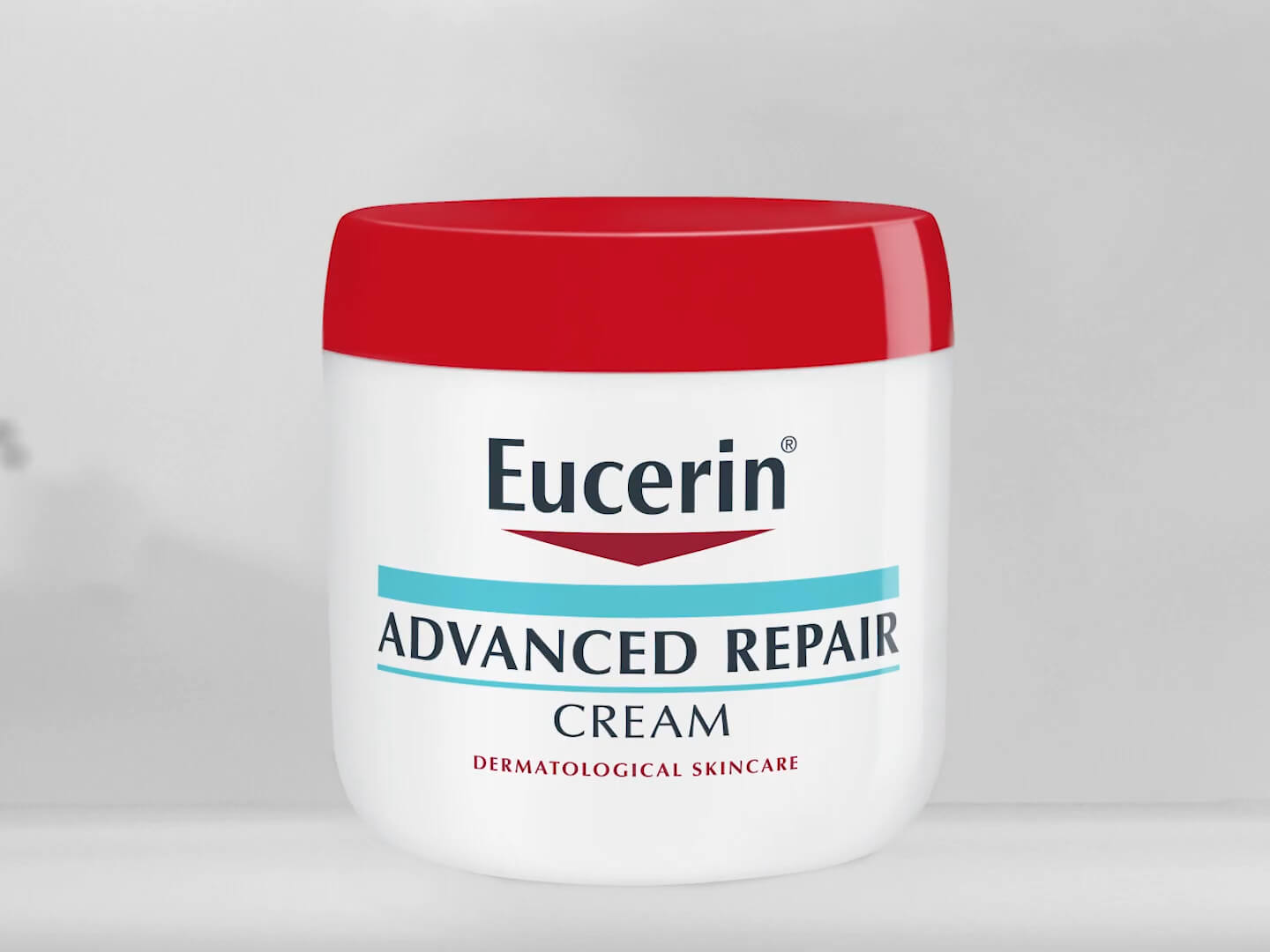
Tert-Butyl Compounds such as Butylated Hydroxyanisole (BHA) and Butylated Hydroxytoluene (BHT) are synthetic antioxidants often added to extend the shelf life of cosmetics.
BHA and BHT are suspected to cause hormone disruption and have been classified as potential human carcinogens by the International Agency for Research on Cancer (IARC). Examples of everyday products where these compounds are often found include Maybelline SuperStay Lipstick and Eucerin Advanced Repair Cream.
Even though these products are promoted by popular celebrities, don’t just rush to buy one promoted by your favorite actresses. Be cautious and put your health in the first place.
Common Products with BHA/BHT
- Lipsticks: Extends the product’s shelf life.
- Moisturizers: Prevents rancidity in oil-based formulas.
- Eye Creams: Helps preserve antioxidant ingredients.
6. Carbon Black
Carbon Black, also labeled as CI 77266, is a pigment used in eyeliners, mascaras, and eyeshadows to provide a rich black color. While effective in enhancing makeup aesthetics, Carbon Black has been linked to several health concerns, including skin irritation and even cancer.
The IARC classifies Carbon Black as a possible human carcinogen, with research indicating a link between exposure to this pigment and increased risk of cancer, particularly in formulations where it is present as a nanoparticle. Popular products such as Maybelline Great Lash Mascara and L’Oréal Infallible Gel Eyeliner contain Carbon Black.
Products That Commonly Contain Carbon Black
- Mascaras: Gives lashes an intense black color.
- Eyeliner Pencils: Provides a deep pigment for defining eyes.
- Eyeshadows: Used in dark shades for smoky eye effects.
7. Silica
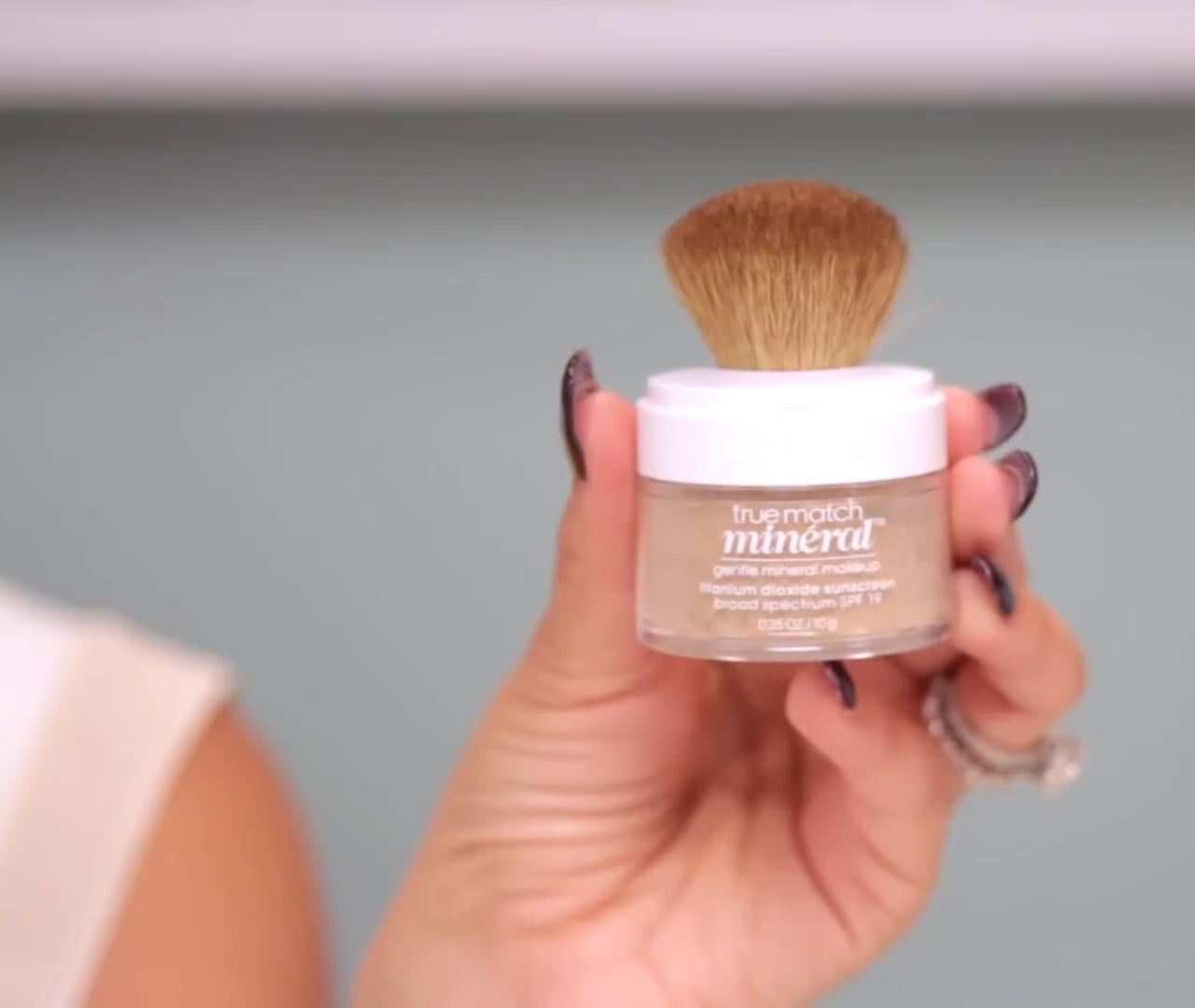
Silica is often found in loose powders and certain foundations to help achieve a flawless, matte finish by absorbing excess oil. However, in nanoparticle form, Silica has been linked to respiratory issues and even potential carcinogenicity, especially when inhaled.
Prolonged exposure has raised concerns about its effects on skin health and the body’s cellular makeup. Products such as L’Oréal True Match Mineral Foundation and MAC Studio Fix Powder contain Silica to help improve texture and consistency.
Where Silica is Commonly Found
- Setting Powders: To absorb oil and set makeup.
- Foundations: Helps create a smooth, long-lasting finish.
- Eyeshadows: Prevents clumping and improves blendability.
8. Arsenic
Arsenic is not intentionally added to cosmetics but often appears as a contaminant in products that use naturally derived minerals. Found in foundations, powders, and lipsticks, Arsenic contamination can occur during the extraction and production processes of ingredients.
Chronic exposure to Arsenic can lead to significant health issues, including skin irritation and even cancer. The World Health Organization classifies Arsenic as a known carcinogen, with exposure linked to skin, lung, and bladder cancers.
9. Cadmium
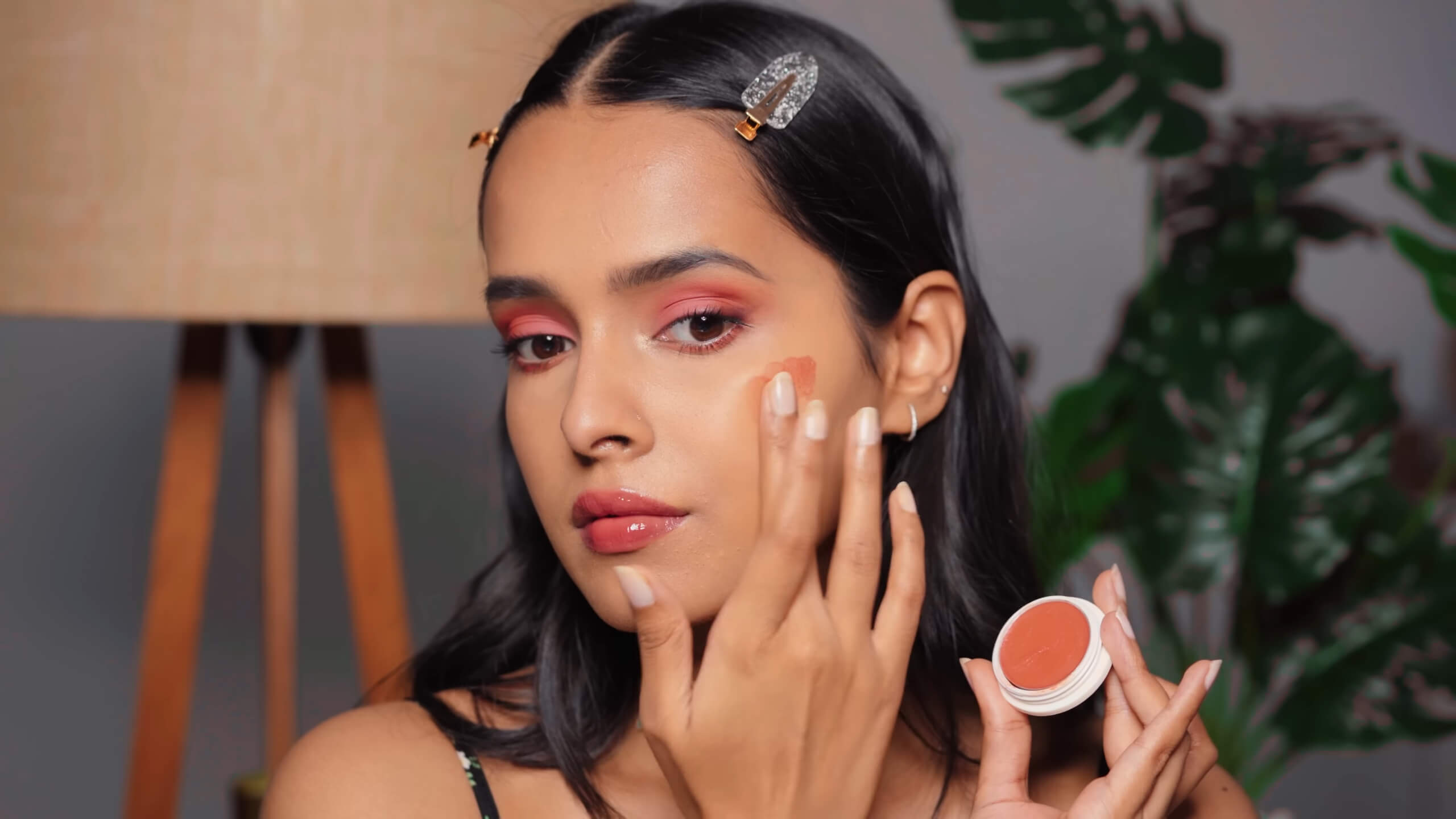
Cadmium, another heavy metal, is also often present in cosmetics as a contaminant. This element has no place in consumer products, yet it finds its way into lipsticks, blushes, and face creams through contaminated mineral ingredients.
It is linked to several serious health problems, including kidney damage and an increased risk of cancer.
Cosmetic Products Commonly Contaminated with Cadmium
- Lipsticks: Can easily be ingested during use.
- Blushes: Mineral pigments often have heavy metal contaminants.
- Face Creams: Particularly those that contain mineral-derived ingredients.
10. Lead
Lead has no safe level of exposure for the human body, as it is a neurotoxin that can accumulate and cause severe health effects, including cognitive decline, reproductive issues, and increased cancer risk.
Unfortunately, even trace amounts of lead, when used over time, can lead to harmful cumulative effects. Given that lipsticks are frequently reapplied throughout the day and sometimes ingested unintentionally, the exposure becomes more concerning.
While many manufacturers claim that the lead levels are within permissible limits, the reality of bioaccumulation and the lack of a genuinely safe exposure level mean consumers should remain cautious.
Where Lead is Found in Cosmetics
- Lipsticks: Especially those with deep, intense colors.
- Kohl Eyeliners: Traditional formulations sometimes contain lead for pigmentation.
- Mineral-Based Cosmetics: Contaminants from raw material sources.
11. Mercury
Mercury exposure can result in skin rashes, allergic reactions, and even more severe health problems like kidney damage and neurological impairment. Products like “Crema Piel De Seda” and some other skin-whitening brands have been found to contain mercury levels exceeding safety standards.
Even if used in minute amounts, the potential for bioaccumulation makes it a significant concern.
Products Often Contaminated with Mercury
- Skin-Lightening Creams: Often sold illegally or imported without proper checks.
- Mascaras and Eye Liners: Can contain mercury-based preservatives.
- Anti-Aging Creams: Sometimes use mercury compounds for their claimed “skin-smoothing” effects.
FAQs
What Are the Most Harmful Ingredients in Cosmetics?
Many cosmetics contain ingredients that may pose health risks, including parabens, formaldehyde, heavy metals like lead, and ethoxylated compounds. Some of these are linked to cancer, hormone disruption, or skin irritation.
How Do I Know if My Makeup Contains Cancer-Causing Ingredients?
To determine if your makeup contains harmful ingredients, check the product label for specific chemicals like parabens, formaldehyde-releasing agents, or heavy metals. You can also look for certifications or safety reviews online.
Are There Any Regulations to Keep Harmful Ingredients Out of Cosmetics?
Cosmetic regulations vary by country, and in many places, the oversight is limited. Some harmful ingredients are restricted, but others are allowed within certain limits. The safety of these limits is often debated.
Why Are Carcinogenic Ingredients Still in Beauty Products?
Carcinogenic ingredients are sometimes included because they serve practical functions like preserving product stability or improving texture.
Many companies prioritize these attributes over long-term health effects, and in some cases, they argue the amounts used are too low to cause harm.
Which Cosmetic Brands Are Free of Harmful Chemicals?
Brands like Burt’s Bees, The Ordinary, and Drunk Elephant are often highlighted for avoiding many harmful chemicals. However, it’s still important to read the labels as not all products within a brand might be completely free from concerning ingredients.
Last Words
The cosmetics we use every day often come with hidden risks that many consumers are unaware of. Ingredients like parabens, heavy metals, and ethoxylated compounds may pose significant health risks, including links to cancer.
Despite their widespread use, it is important to acknowledge these potential dangers and take proactive steps to protect your health. Awareness is the first step. By knowing what ingredients to avoid, checking product labels, and choosing safer alternatives, we can make informed decisions that prioritize well-being over brand loyalty.
As consumers, demanding transparency from cosmetic manufacturers and supporting brands that commit to safer formulations is the most effective way to initiate change. The goal is not to fear cosmetics but to use them wisely.
Your health should not be compromised for beauty, and the choices you make today can have lasting impacts on your long-term wellness.
















